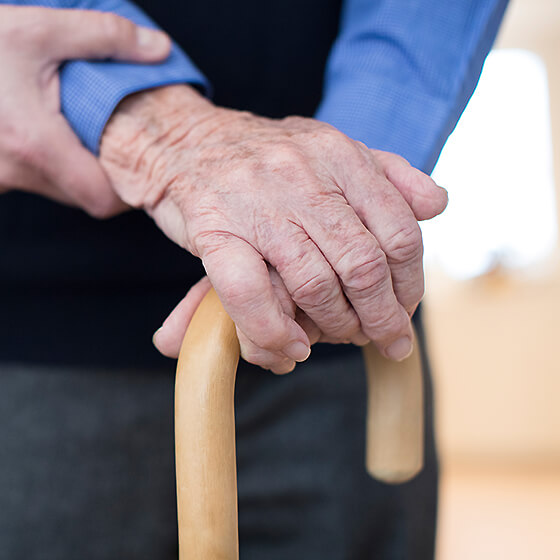As we get older, we must meet new challenges with wisdom and ingenuity. These challenges are unique to every situation but with empathy and communication you can find creative solutions so you can live your life to the fullest. According to Statistics Canada, one in five of the adult population has a physical disability, and that increases to approximately 50% in those 75 years and older. It may be uncomfortable and frustrating to navigate your feelings about your physical ability level, but if you realize you are finding your daily activities challenging, you are in good company.
Over 6 million people have a disability in Canada and there are many options available to assist and care for them.
When researching available options, it is important to consult your doctor in order to find a solution that works for you. One strategy to research would be using assistive devices. Assistive devices are items that minimize discomfort with a task and maximize your independence. By utilizing assistive devices in your home, you are setting yourself up for success in achieving your daily goals.
Assistive Devices
Situations that call for assistive devices are specific to you and your family. Communicate with your family about the needs and safety hazards around your home. Some examples which require assistive devices may be sensitive information, so having a trained professional, like a home care agency, can help foster a safe space to talk about your needs.
Daily Needs
- Nutrition
Cooking and preparing food can be made more accessible by having easy-grip tools, accessible furniture like height-adjustable cupboards and automatic shut off options that act as a safety tool. - Hygiene
Bathing requires a variety of flexible movements in a wet, slippery environment which can be a huge safety hazard. Installing non-slip floor mats, grab bars, handheld showerheads, walk-in showers with shower seats can make this a much safer activity while preserving independence and dignity. - Movement
Whilst it can initially be frustrating for people to transition from depending on their own body movement to assistive body movement, having the ability to be in control of your movement is empowering. Having access to a cane, walker, or a wheelchair can allow for increased freedom. As well, installing non-slip flooring can help minimize fall risks.
Making Hobbies Accessible
Your favorite hobbies and activities should bring joy to your life, not frustration. So, if there is a way to use an assistive device to make your hobby easier and more fun, then there should be no shame in using it. Especially with modern technology, there are so many accessibility options for any task. With tech-devices, there are accessibility options in the settings to turn on captions, larger font, larger buttons, text to speech, audiobooks, and magnifying glass.
There are also easy-grip larger tools for jobs from gardening to sports. Research local businesses that sell accessibility gear or ask your home care agency if they have any recommendations for reputable brands.
Assistive Device Program Ontario
Some assistive devices are economically accessible, such as installing railings or buying a cane, however, some devices can be incredibly expensive. If you live in Ontario, Canada the government may have a solution for you.
The Assistive Devices Program is an Ontario health and wellness program that helps people with long term disabilities financially with purchasing necessary accessibility equipment. Click the link below to see if you or your loved one qualifies for financial assistance.
For more information on the program: https://www.ontario.ca/page/assistive-devices-program

